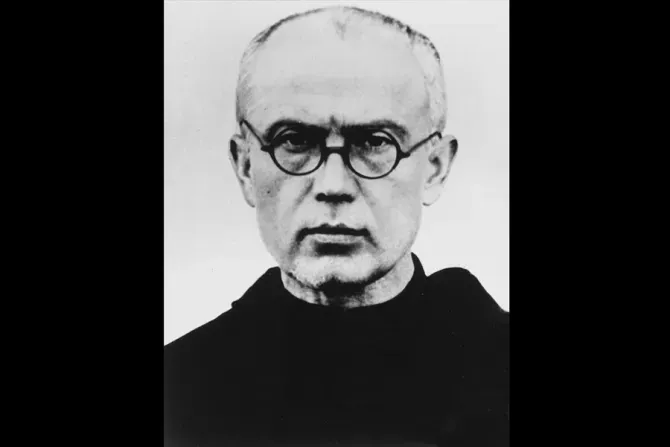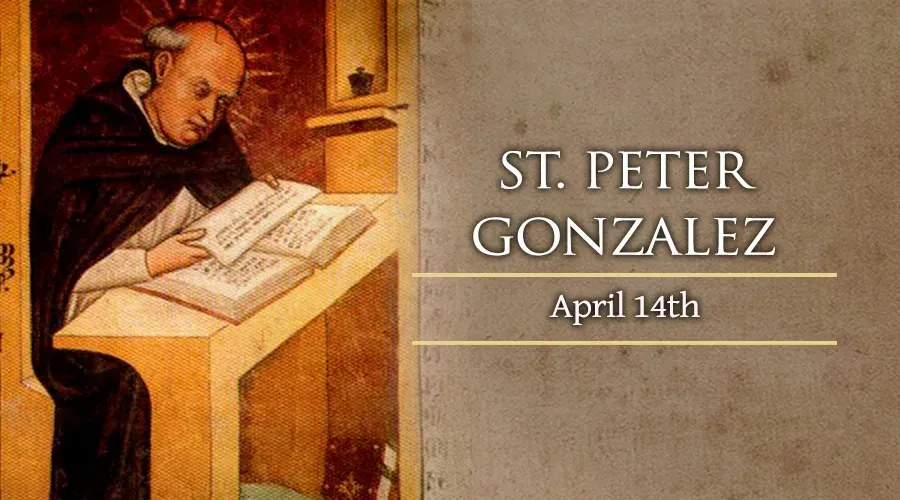But let's take a step back, and try to understand where that friar had come from. What were his origins? What kind of child was he? How did he come to be a Franciscan religious?
To answer these questions, ACI Stampa interviewed an exceptional witness: Father Raffaele Di Muro, dean of the San Bonaventura-Seraphicum Theological Faculty in Rome and director of the Kolbe chair. Di Muro is also the author of countless essays on Kolbe.
Father Raffaele, let's start right from the early years of Maximilian’s life, or rather Raymond's — his name before making his vows. Where does this rich spirituality come from?
Raymond Kolbe was born in Zduńska Wola, a small village not far from the Polish capital, Warsaw. It was January 8, 1894. Raymond grew up in a family with a very rich religiosity.
His parents, Julius Kolbe and Maria Dąbrowska, worked as weavers. The house where little Raymond lived was very modest — made of wood, according to Polish tradition. It was a two-story house and it’s still possible to see it today. On the first floor there is the textile workshop with the looms and all the work tools, and the second floor has a single bedroom.
His parents were Franciscan tertiaries and it is said that both, at a young age, had thought of joining religious life. Then, however, the two respective families of origin decided to have them marry. This desire [for the religious life], after all, we could say will almost be a spiritual inheritance for their three children (three, at least they are the ones who would survive). Francis, the first; the second, Raymond, and then Joseph. All three would become friars. Francis and Raymond would enter religious life together. Then they were followed by Joseph. All this managed to give us an idea of how holy this family was.
In Raymond's early years, we find a biographical episode that we could define as "a seed" of what would later be his holiness. In fact, when he was 10 years old, Kolbe had a vision of the Immaculate Conception: can you tell us how this episode in the life of the Polish saint went?
The story comes from his mother, Maria Dąbrowska, in her testimony during the canonization process. St. Maximilian Kolbe left nothing written about this. When the incident occurred, Kolbe was about 10 years old. At the time, the family had moved to another small town in Poland called Pabianice. Here, there was a small church dedicated to Saint Matthew. The Kolbe house was not far from the little church. In this parish, there is a beautiful altar dedicated to the Immaculate: a beautiful picture is placed above the altar. We need to start with a fact: of their three children, little Raymond was the most spirited, the most restless. He was so lively that one day his mother, almost exasperated by his behavior, said to him: "What will become of you, little Raymond?"
Faced with this question, the little boy was a little upset. Obviously, he took it as a harsh rebuke and so he went to cry right in that little church near his home.
And it was precisely here that the vision of the Immaculata bearing two crowns took place: she, the Virgin, offered him the choice between the two crowns that she was holding. One red, for martyrdom; the other white, for purity and chastity. Kolbe accepted both. Obviously, he didn't know what he was doing, what he had chosen. Through this episode, the mother understood what the life of her son would be like. "She kept all these things in her heart," just like the Virgin with Christ. Only at the time of the canonization process would she tell everything.








